Pediatric Pain Standard – Public Review Open until February 4, 2022
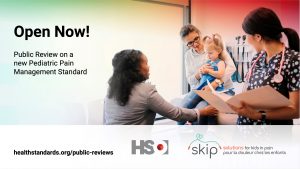
Dear Colleagues,
A draft Pediatric Pain Management Standard has been developed by the Health Standards Organization (HSO) and Solutions for Kids in Pain (SKIP) in consultation with: patients and family members, clinicians and health service administrators, government and health services stakeholders, and researchers.
Once approved, the Standard will apply across the continuum of care to all Canadian health and social services organizations who provide pain management to pediatric populations (birth to 19 years). HSO standards are the foundation on which accreditation programs and public policy are built, so this accreditation standard can be a game changer for pain management for children in Canada.
We welcome international feedback.
The standard is currently open for public review until February 4, 2022 (closes @ 11:59pm EST). We would value greatly the input of leaders in pediatric pain, as well as health care organizations across Canada and around the world.
I understand bandwidth is extremely limited at this time. Participation is of course voluntary, but would be much appreciated.
- English: https://healthstandards.org/public-reviews/pediatric-pain-management/
- French: https://healthstandards.org/fr/examens-publics/prise-en-charge-de-la-douleur-chez-les-enfants/
- You may choose to submit feedback via the linked surveys or email to: [email protected]
- All feedback is due February 4, 2022
While the health standard is set to ensure a national standard of care for pediatric pain management in Canada, we have international membership on our working group and hope it will pave the way for improvements in implementation of evidence-based solutions for children’s pain management around the world working synergistically alongside ChildKind International certification.
Please forward on to anyone you think may be interested and/or willing to provide feedback!
Katie Birnie, PhD RPsych (she/her)
Assistant Professor, Department of Anesthesiology, Perioperative and Pain Medicine, and Department of Community Health Sciences, University of Calgary
Associate Scientific Director, Solutions for Kids in Pain (SKIP)
[email protected]
www.partneringforpain.com
Ultrasound-guided Erector Spinae Plane Block Versus Thoracic Epidural Analgesia: Postoperative Pain Management
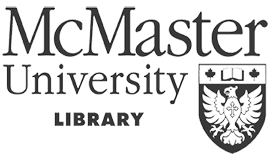
Management of acute pain following the NUSS procedure continues to be investigated in order to achieve optimal analgesia and short length of stay in hospital. With novel regional anesthetic techniques, exciting new modalities are being explored. A new study examined ESP block versus thoracic epidural for this indication.
CLICK HERE to read more.
Considerations in Establishing an Anesthesiology Department in the Middle East
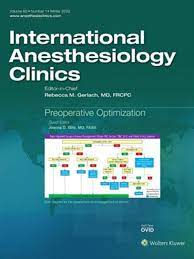
Rosalie Tassone, MD MPH, a member of the SPPM Executive Board has recently published an article in International Anesthesiology Clinics. Of interest to our membership, would be the section on management of acute pain utilizing opioids, in the context of establishing practices in a hospital in the MIddle East, including a bias to undertreat pain.
CLICK HERE to read more.
New Research Training Funding Announcements
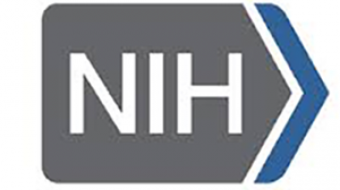
|
- « Previous Page
- 1
- …
- 34
- 35
- 36
- 37
- 38
- …
- 50
- Next Page »

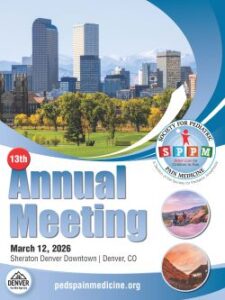 SPPM 13th Annual Meeting
SPPM 13th Annual Meeting